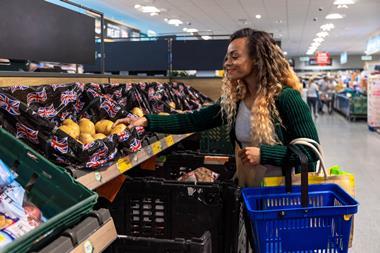Brexit: the gift that keeps on giving (or taking, in this case). On Wednesday, the government finally revealed how much it is charging businesses for importing goods from the EU into the country to help fund new border controls.
The fee, also known as the common user charge (CUC), will apply to all plant and animal origin goods entering the UK from 30 April. But varying rates will be applied depending on their risk status.
For instance, individual medium-risk products of animal origin and plants – say cheese, sausages, or cut flowers – face charges of up to £29 per type of good imported. This will be capped at £145 for mixed consignments. Meanwhile, low-risk loads will be capped at £50.
UK’s new border strategy
This particular levy has been a point of contention between the food industry and Rishi Sunak’s government since the announcement of the UK’s new border strategy last year.
Initially, proposals set the charge at around £45 per consignment, but it was always unclear what that meant for groupage loads carrying mixed goods, particularly mixed consignments of varying degrees of risk.
Now the final rates have been announced, trade bodies and business are understandably alarmed: for many, especially SMEs, this could be the final nail in the coffin.
The costs of importing goods could now amount to millions more a year – which many smaller businesses relying on groupage, like independent retailers and delis, cannot absorb. As Marco Forgione, head of the Institute of Exports and International Trade, put it, “it might mean entire profits wiped out completely”.
Then there is the issue of unpreparedness. Supply chains thrive on predictability, which is why the entire industry – from traders to customs experts and port operators – has long begged the government for clarity, so they can properly risk-assess the financial impacts on their businesses as well as their customers.
Three weeks to align is ‘crazy’
Alas, allowing businesses just three weeks to engage in conversations, and both prepare for the new requirements and calculate the impact, is quite literally “crazy” – as one senior trade figure described it.
For those who have been tirelessly working with their EU partners in preparation for BTOM, it is yet another uncomfortable conversation they will need to have with exporters who are already quite reticent about shipping to Britain.
Ultimately, all this red tape will make the UK a less attractive country to trade with, reducing availability of products for Brits and potentially pushing food prices up – a worrying scenario at a time when food security is under threat. All that’s left to do is wait until after April to gauge exactly how worrying it will be.

























1 Readers' comment